#sylhet bangladesh
Explore tagged Tumblr posts
Text

a walk to my local tea garden!
234 notes
·
View notes
Text
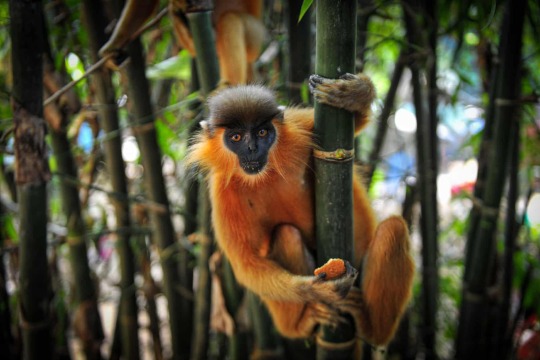
A capped langur on a bamboo tree in Sylhet, Bangladesh. Previously the langur’s troupe were frequent visitors to this tea estate, but now they come only once or twice a year. The langurs, like so many other animals, are suffering from habitat loss.
Photograph: Md Rafayat Haque Khan/ZUMA Press Wire/Shutterstock
#md rafayat haque khan#photographer#zuma press wire#shutterstock#capped langur#langur#animal#mammal#wildlife#bamboo tree#sylhet#bangladesh#nature
13 notes
·
View notes
Text

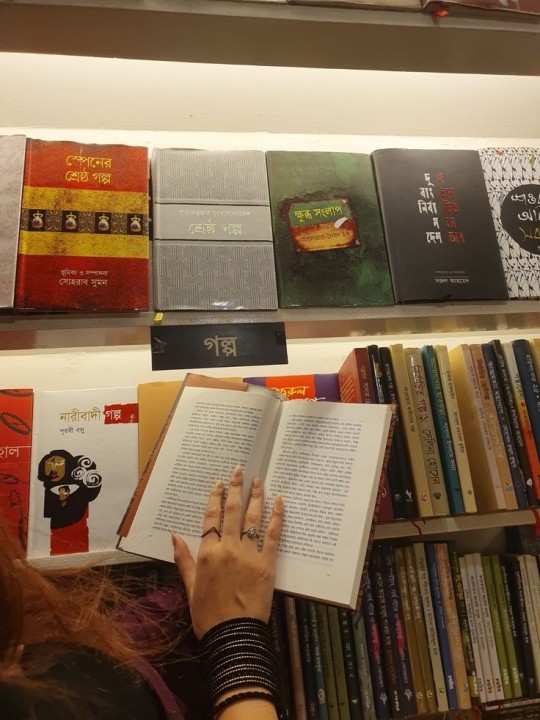

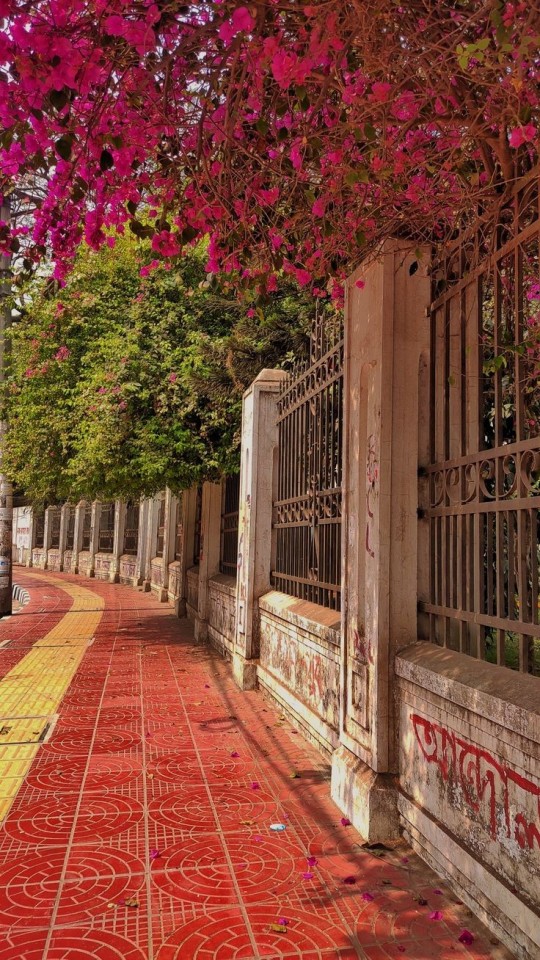
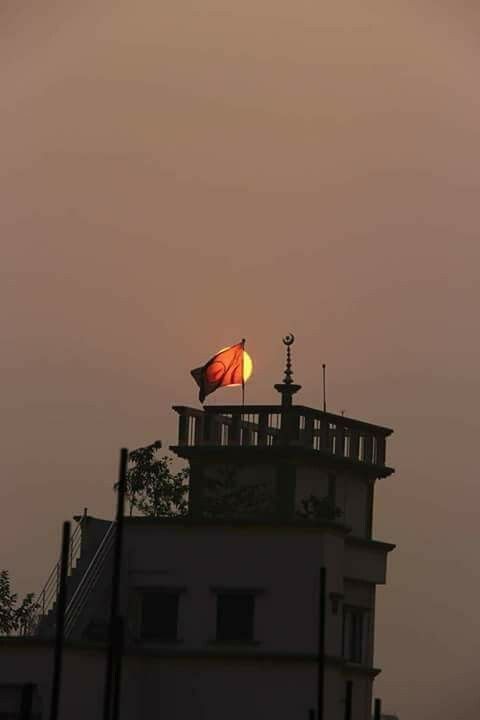
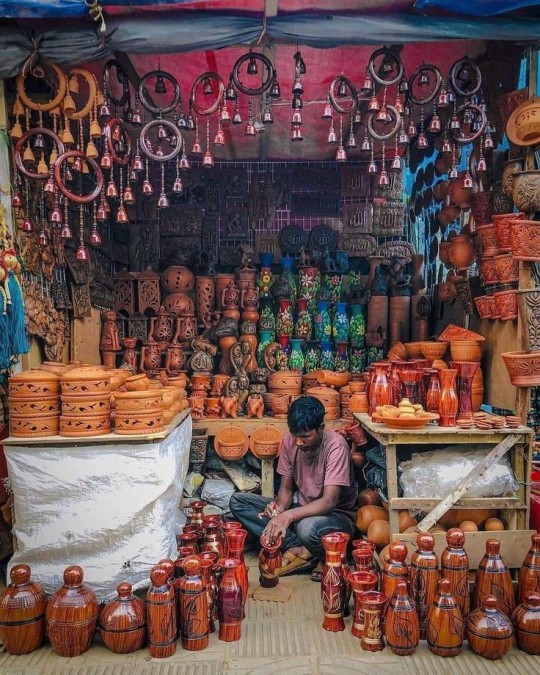
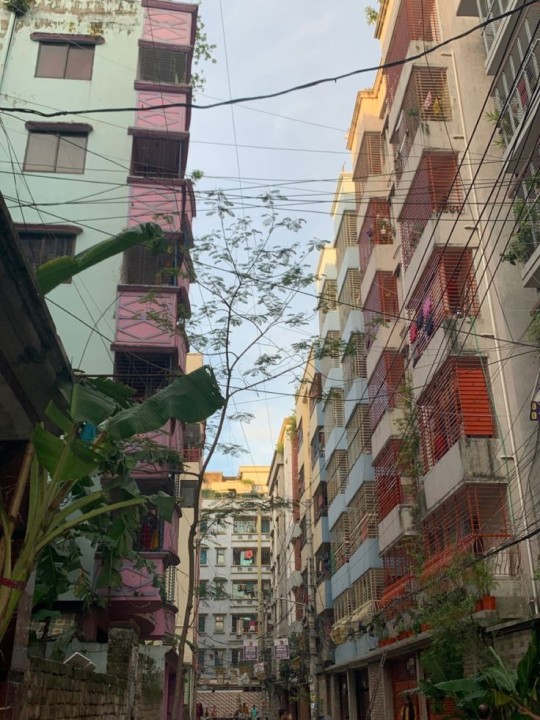

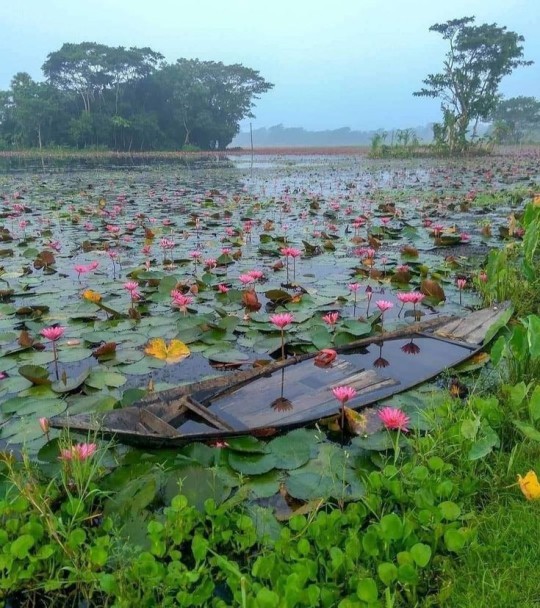
the motherland
[photos are not mine] 1. before it rains in dhaka / 2. unknown bookstore / 3. rose view hotel in dhaka / 4. university of dhaka / 5. bangladeshi flag, location unknown / 6. clay and home decor store, location unknown / 7. midday dhaka / 8. burigana river at night / 9. sylhet
#bangladesh#sylhet#desi#desi tag#desiblr#south asian aesthetic#south asian moodboard#brown women#desi women#bangladeshi#nature#nature photography#city#cityscape#city streets#dhaka#dhakacity#south asian#south asia
62 notes
·
View notes
Text

SYLHET, BANGLADESH.
36 notes
·
View notes
Text


The workers are also protesting as the ‘Wage Agreement’ between the owners and workers is yet to be signed, reports a Moulvibazar correspondent quoting Raju Guala, president, Bangladesh Cha Sramik Union, (Tea plantation workers union ) Sylhet valley.
The workers are currently paid Tk 85 per day, but they are demanding Tk 200 at present, the correspondent said.
“The owners are delaying the wage agreement, which is detrimental to the tea laborers,” Raju Guala said. “The wage agreement is usually signed every two years, but it is already three years and there is no sign of the new agreement,” Guala added.
#strikes#bangladesh#desiblr#sylhet#basf#bangladesh anarcho syndicalist federation#tea workers#community building#practical anarchy#practical anarchism#anarchist society#practical#revolution#anarchism#daily posts#communism#anti capitalist#anti capitalism#late stage capitalism#organization#grassroots#grass roots#anarchists#libraries#leftism#social issues#economy#economics#climate change#climate crisis
4 notes
·
View notes
Text
youtube
2 notes
·
View notes
Text
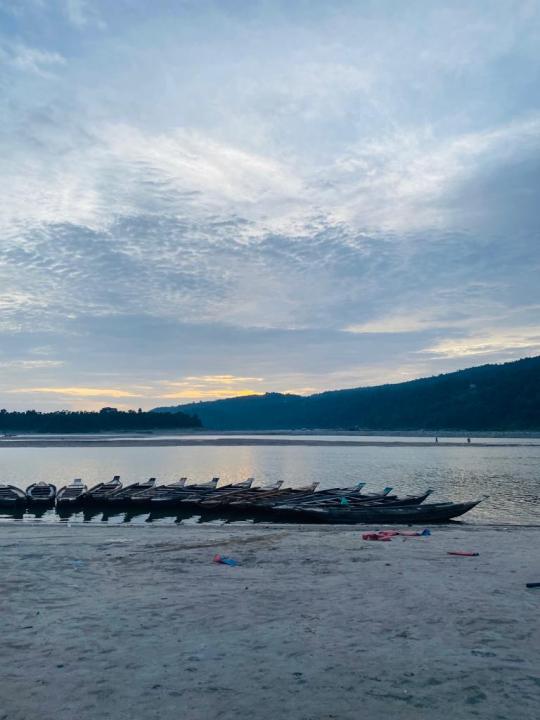
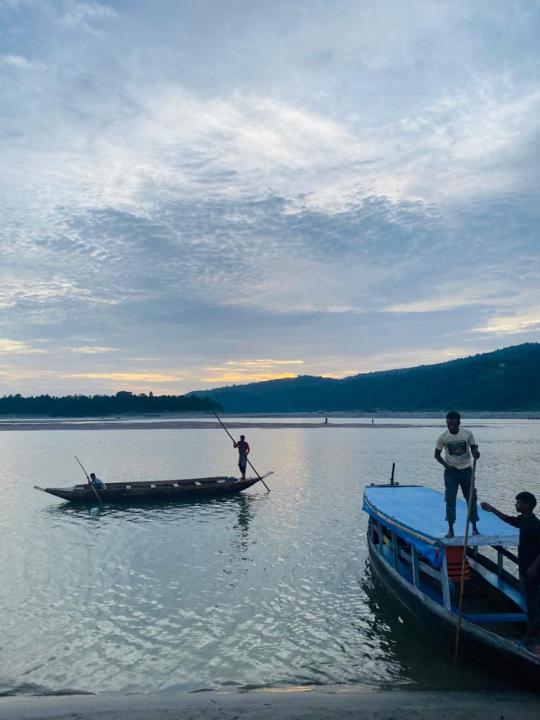
You can be shy, but you can still be confident for your growth ✨️
10 notes
·
View notes
Text
2 notes
·
View notes
Photo
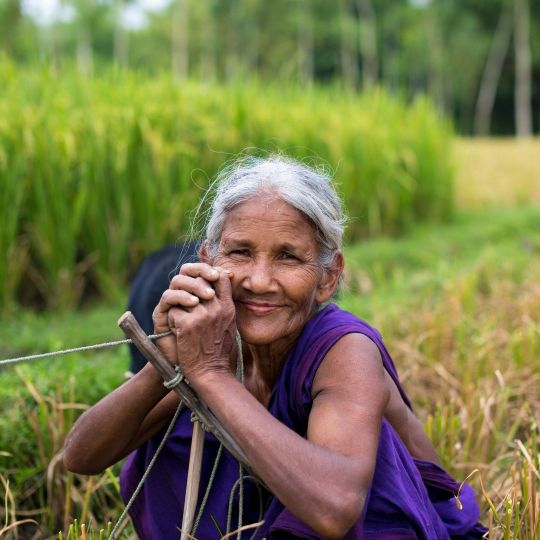
Wake up to the beauty of Bangladesh! 🇧🇩 From breathtaking sunsets to rich cultural heritage, this country is a true gem in South Asia. 💎 The best time to visit is from October to March, when the weather is pleasant and perfect for exploring. 🗓️ Discover the must-visit places in Bangladesh, including the historic Lalbagh Fort, the stunning Cox's Bazar beach, and the beautiful tea gardens in Sylhet. 🏰 Immerse yourself in the local culture and take a stroll through the bustling streets of Dhaka. 💃 Don't forget to take home some souvenirs, like traditional hand-woven textiles, tea, and delicious sweets. 🎁
Like & follow us 📲 for more premium travel tips & tricks 💫!
#bangladesh#southasia#travel#culture#heritage#lalbaghfort#coxsbazar#sylhet#dhaka#textiles#tea#sweets#y2ztravel#travelbangladesh#discoverbangladesh#visitbangladesh#explorebangladesh#bestofbangladesh#beautifulbangladesh#wondersofbangladesh#travellingbangladesh#incrediblebangladesh#adventurebangladesh#treasuresofbangladesh#spectacularbangladesh#memorablebangladesh#extraordinarybangladesh
2 notes
·
View notes
Text
instagram
2 notes
·
View notes
Text
So wonderful when a song you haven't listened to in like 2 years and is the only song you know from the artist/s
1 note
·
View note
Text
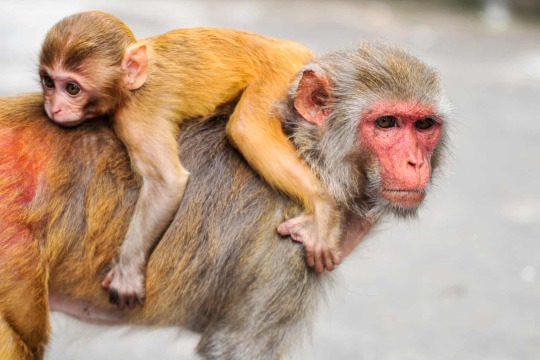
Sylhet, Bangladesh
A rhesus macaque and her infant at the Hazrat Chashni Pir shrine which is home to about 200 monkeys
Photograph: Md Rafayat Haque Khan/Zuma Press Wire/Shutterstock
#md rafayat haque khan#photographer#zuma press wire#shutterstock#sylhet#bangladesh#rhesus macaque#macaque#hazrat chashni pire shrine#animal#mammal#nature#monkeys
21 notes
·
View notes
Text
0 notes
Text
Top Cities in Bangladesh Where the Fashion Trend of Ladies' Bags Is Getting Popular

Bangladesh's fashion trends have become more booming in recent years. In particular, fashion trends are climbing the ladies' bag market. Stylish clutches and durable backpacks for women are expanding the demand for trendy bags, mostly in the cities. Women all over the nation are embracing fashion-forward bags for daily use, work, or a special occasion.
In this blog, we'll explore the top cities in Bangladesh where the trend of ladies' bags is rising. We will highlight the best brands, including The Patchee, which has made a name for itself as one of the leading brands offering high-quality bags in Bangladesh. We will also discuss well-known brands and styles, such as tote leather bags, clutches, and school bags.
Dhaka: The Fashion Capital of Bangladesh
Dhaka, the bustling capital of Bangladesh, leads the way in fashion trends. With its fast-paced lifestyle and vibrant culture, Dhaka has a growing demand for stylish and functional bags.
Why the Trend is Rising in Dhaka
Women in Dhaka are constantly looking for fashionable and practical bags. The city's diverse population has sparked a demand for various bag styles, from young professionals to college students. Dhaka offers various choices, whether a sleek solder bag for work or a trendy tote leather bag for casual outings.
Chittagong: A City Embracing Modern Fashion Trends
Chittagong, Bangladesh's second-largest city, is known for its scenic beauty and growing fashion industry. The city's love for modern and trendy bags has increased, with women opting for stylish bags that suit their active lifestyles.
Why the Trend is Rising in Chittagong
Chittagong's emerging urban culture has shifted fashion trends, with women seeking fashionable bags. Whether it's a backpack for women for hiking or a lady's side bag for casual outings, the demand for fashionable bags is rising.
Sylhet: A City of Style and Tradition
Sylhet, a city rich in culture and tradition, also sees a rise in ladies' bags. Women in Sylhet are embracing modern fashion trends, blending traditional values with contemporary styles.
Why the Trend is Rising in Sylhet
The growing urbanization of Sylhet has brought about an increased demand for fashionable accessories. Whether it's a large bag for women for shopping or a trendy backpack for women for work or school, stylish bags are gaining momentum in Sylhet.
Rajshahi: A City Embracing Modern Fashion Trends
Rajshahi, known for its rich history and culture, is also becoming a hub for modern fashion trends. The city's women increasingly embrace stylish bags that suit their modern lifestyles.
Why the Trend is Rising in Rajshahi
As Rajshahi continues to develop, the demand for fashionable and practical bags has increased. Whether it's a ladies' leather tote bag for work or a handbag for a night out, women in Rajshahi are looking for trendy accessories.
Conclusion:
The trend of ladies' bags is rising in many cities across Bangladesh, with The Patchee as the top brand for stylish and functional bags. You'll find various brands and styles in Dhaka, Chittagong, Sylhet, or Rajshahi. From backpacks for women to tote leather bags, the options are endless, allowing women to express their style while staying practical. As the trend continues to grow, we expect to see even more innovative designs and collections from local and international brands in Bangladesh.
0 notes
Text
youtube
3 notes
·
View notes
Text
Sourcing Premium Green Tea & Teas from Bangladesh
Md. Joynal Abdin, BBA (Hons.) & MBA
Founder & CEO, Trade & Investment Bangladesh (TIB)
Bangladesh, a country renowned for its rich agricultural heritage, has steadily made its mark on the global tea industry. Nestled in the heart of South Asia, Bangladesh's tea-producing regions are known for their lush landscapes and favorable climate, which contribute to the production of some of the world's finest teas. The country's tea industry, though often overshadowed by its larger neighbors, is a hidden gem that offers a diverse range of flavors and varieties, making it a rising star in the global market.
The history of tea cultivation in Bangladesh is deeply rooted in the region of Sylhet, where the first tea gardens were established in the mid-19th century. Sylhet, with its hilly terrain and abundant rainfall, provides the ideal conditions for growing high-quality tea. Over the decades, tea production expanded to other regions, including Chittagong and Panchagarh, solidifying Bangladesh's position as a key player in the tea industry. The rich heritage of tea cultivation in these regions is a testament to the dedication and expertise of Bangladeshi tea growers, who have perfected their craft over generations.
In recent years, Bangladesh has emerged as a source of premium teas, particularly green tea, which is gaining popularity among health-conscious consumers worldwide. The country's tea producers have focused on enhancing quality and adopting sustainable practices to meet the growing demand for high-end teas. As a result, Bangladeshi green tea, known for its distinctive flavor and health benefits, is now sought after by discerning tea connoisseurs across the globe. This rise in popularity highlights Bangladesh's potential to become a leading supplier of premium teas on the international stage.
2. Understanding the Types of Teas Produced in Bangladesh
Tea is one of the most diverse beverages in the world, and Bangladesh is home to several varieties that cater to a wide range of tastes. The four primary types of tea—Green tea, Black tea, White tea, and Oolong tea—each offer distinct characteristics shaped by their processing methods. Green tea, known for its fresh and grassy notes, is minimally oxidized, preserving its vibrant color and healthful antioxidants. Black tea, on the other hand, is fully oxidized, resulting in a dark color and rich, bold flavor. White tea is the least processed, made from young tea leaves and buds, offering a delicate and subtle taste. Oolong tea, a semi-oxidized variety, falls between green and black tea in terms of flavor and complexity, often featuring floral and fruity notes.
Bangladeshi green tea stands out in the global market for its unique characteristics. Unlike the more common Chinese and Japanese green teas, which are known for their specific regional flavors, Bangladeshi green tea boasts a distinctive taste profile influenced by the country's tropical climate and fertile soil. It often features a smooth, mellow flavor with a hint of sweetness, balanced by a slight astringency. This makes Bangladeshi green tea a versatile choice for both traditional tea drinkers and those new to green tea. Additionally, Bangladeshi tea producers have focused on organic and sustainable farming practices, ensuring that their green tea is not only flavorful but also environmentally friendly.
The unique flavor profiles of Bangladeshi teas are complemented by a range of health benefits. Green tea, rich in catechins and antioxidants, is known for boosting metabolism, improving brain function, and reducing the risk of certain diseases. Black tea, with its higher caffeine content, provides an energy boost while also promoting heart health. White tea, with its delicate nature, is packed with polyphenols, which have anti-aging properties. Oolong tea, with its blend of both green and black tea characteristics, is celebrated for aiding digestion and weight loss. Bangladeshi teas, with their distinctive flavors and healthful qualities, offer a compelling choice for tea enthusiasts looking to explore new varieties.
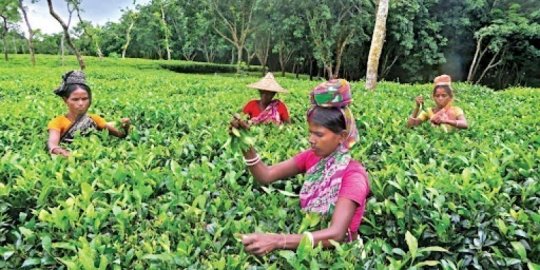
3. The Importance of Sourcing from Ethical and Sustainable Producers
Ethical practices in tea cultivation and harvesting are increasingly important as consumers become more aware of the social and environmental impacts of their purchases. In Bangladesh, the tea industry is gradually embracing ethical standards to ensure that tea production supports both the environment and the local communities involved. Ethical practices in tea cultivation include sustainable farming techniques that minimize environmental damage, such as using organic fertilizers and preserving natural habitats. Equally important are the fair labor practices that ensure tea workers are treated with dignity, receive fair wages, and work under safe conditions. By prioritizing these ethical standards, Bangladesh’s tea industry not only produces high-quality tea but also contributes to the well-being of its workers and the preservation of the environment.
When sourcing Bangladeshi teas, it is crucial to look for certifications and standards that guarantee ethical and sustainable practices. Certifications such as Fair Trade, Rainforest Alliance, and Organic are indicators that the tea has been produced in a manner that respects both people and the planet. Fair Trade certification, for instance, ensures that tea workers receive fair compensation and that their communities benefit from social premiums invested in education, healthcare, and infrastructure. The Rainforest Alliance certification focuses on sustainable farming practices that protect ecosystems and wildlife, while Organic certification guarantees that the tea is free from synthetic pesticides and fertilizers. These certifications offer reassurance that the tea you are sourcing aligns with global ethical standards.
Bangladesh’s tea industry also benefits from the efforts of cooperatives and fair-trade practices that empower small-scale farmers and workers. Cooperatives in Bangladesh often bring together small tea farmers to collectively market their products, negotiate better prices, and share resources. This collaborative approach helps to uplift the livelihoods of smallholders who might otherwise struggle to compete in the global market. Fair-trade practices further ensure that profits are more equitably distributed, giving tea producers a fair share of the revenue. By supporting these cooperatives and fair-trade initiatives, buyers can play a part in promoting social equity and sustainability within the Bangladeshi tea industry, while also enjoying high-quality, ethically sourced tea.
4. Key Regions for Premium Tea Cultivation in Bangladesh
Bangladesh’s tea industry thrives in specific regions where the climate and soil create ideal conditions for cultivating high-quality tea. Sylhet, Chittagong, and Panchagarh are the leading tea-growing regions in the country, each with unique characteristics that contribute to the distinct flavors and qualities of the tea produced there.
1. Sylhet: The Heart of Bangladesh’s Tea Industry
Sylhet is the oldest and most well-known tea-producing region in Bangladesh, often considered the heart of the country’s tea industry. Located in the northeastern part of Bangladesh, Sylhet's hilly terrain, abundant rainfall, and cool temperatures create perfect conditions for tea cultivation. The soil in Sylhet is rich in organic matter, contributing to the robust flavor profiles of the teas grown here. Green teas from Sylhet are particularly noted for their smooth, mellow taste with subtle grassy notes and a hint of sweetness. Some of the most renowned tea estates in Sylhet include the Malnichhera Tea Estate, the oldest in the country, and the Srimangal Tea Garden, both of which produce premium quality teas that are sought after worldwide.
2. Chittagong: A Diverse and Emerging Tea Region
Chittagong, located in the southeastern part of Bangladesh, is another prominent tea-growing region, known for its diverse tea production. The region's tropical climate, with hot and humid conditions, combined with fertile soil, allows for the cultivation of a wide range of tea varieties. Chittagong’s tea estates often produce teas with a stronger, more robust flavor compared to those from Sylhet, making them popular for black tea production. However, the region also produces green tea that is gaining recognition for its rich and slightly astringent flavor. The Rangunia and Fatikchhari areas in Chittagong are home to several reputable tea gardens, such as the Halda Valley Tea Estate, known for its high-quality green and black teas.
3. Panchagarh: The New Frontier of Tea Cultivation
Panchagarh, located in the far north of Bangladesh, is a relatively new but rapidly growing tea-producing region. Unlike Sylhet and Chittagong, Panchagarh's terrain is mostly flat, but the region benefits from a unique microclimate influenced by the nearby Himalayas. The cooler temperatures and sandy-loam soil of Panchagarh are ideal for growing delicate and flavorful green tea. In just a few decades, Panchagarh has established itself as a producer of premium teas, with a focus on organic and sustainable farming practices. The Kazi & Kazi Tea Estate, one of the leading organic tea producers in Bangladesh, is based in Panchagarh and is renowned for its high-quality green tea that is both flavorful and aromatic, making it a favorite among tea connoisseurs.
youtube
Impact of Climate and Soil on Tea Quality
The climate and soil in these regions play a critical role in determining the quality of tea produced. The combination of hilly terrain, consistent rainfall, and fertile soil in Sylhet results in teas with complex flavors and smooth textures. Chittagong’s tropical climate and rich soil contribute to teas with bold and robust flavors, particularly suited for black tea. Meanwhile, the cooler temperatures and specific soil composition in Panchagarh lead to the production of teas with a delicate yet distinctive taste, particularly in green tea varieties. The terroir, or the unique environmental conditions in each region, is what gives Bangladeshi tea its unique character, making it stand out in the global market.
Spotlight on Renowned Estates and Tea Gardens
The tea estates and gardens in Sylhet, Chittagong, and Panchagarh are at the forefront of Bangladesh’s tea industry. Malnichhera and Srimangal in Sylhet, Halda Valley in Chittagong, and Kazi & Kazi in Panchagarh are just a few examples of tea gardens that are synonymous with quality. These estates not only produce some of the finest teas in Bangladesh but also play a crucial role in upholding ethical and sustainable practices in tea cultivation. By focusing on high-quality production and maintaining a commitment to environmental and social responsibility, these tea estates help position Bangladesh as a rising star in the global premium tea market.
5. How to Source and Import High-Quality Green Tea from Bangladesh
Sourcing high-quality tea from Bangladesh begins with finding reliable suppliers and exporters. When identifying potential partners, consider their reputation in the industry, which can be gauged through customer reviews, industry certifications, and references. Look for suppliers who are transparent about their production processes and who have a track record of consistency in quality and timely delivery. Additionally, it’s beneficial to partner with exporters who have a deep understanding of both the local and international tea markets, as this ensures that they can meet global standards while offering competitive pricing. Visiting the tea gardens or conducting virtual audits can also provide insights into their practices and help build a trusting relationship.
Steps for Evaluating the Quality of Tea Before Purchasing
Before making a purchase, it’s crucial to evaluate the quality of the tea to ensure it meets your standards. Start by requesting samples from the supplier, which allows you to assess the tea’s appearance, aroma, and flavor. High-quality tea leaves should be uniform in size and color, with a fresh and vibrant appearance. The aroma should be strong and indicative of the type of tea, whether it’s the grassy notes of green tea or the rich fragrance of black tea. Brew the tea to evaluate its flavor; it should be well-balanced, without any off-tastes or excessive bitterness. Additionally, consider conducting a moisture content test, as lower moisture levels in tea signify better preservation and longevity. If possible, verify the tea’s origin and processing methods through documentation or third-party certifications.
The Logistics of Importing Tea from Bangladesh
Importing tea from Bangladesh involves navigating a few logistical steps, including customs and regulations. Begin by ensuring that your supplier provides all necessary documentation, such as a certificate of origin, phytosanitary certificate, and any relevant quality certifications (e.g., Organic, Fair Trade). These documents are essential for customs clearance in your country. It's also important to understand the import regulations in your country, as some may have specific requirements regarding pesticide residue limits or labeling standards.
Shipping logistics should also be carefully planned. Most tea shipments from Bangladesh are done via sea freight, although air freight can be considered for smaller or urgent consignments. Ensure that the tea is packaged properly to preserve its quality during transit, particularly for delicate varieties like green tea. Working with an experienced freight forwarder can help streamline the process, from negotiating shipping rates to handling customs procedures.
Special Focus on Tea Sourcing Service by Trade & Investment Bangladesh (TIB)
For those looking to source premium-quality tea from Bangladesh with confidence, the Tea Sourcing Service offered by Trade & Investment Bangladesh (TIB) is an invaluable resource. TIB specializes in connecting international buyers with the best tea producers in Bangladesh, ensuring that you receive top-tier products tailored to your specific needs. Their service includes thorough vetting of suppliers, quality control checks, and assistance with logistics and documentation. By leveraging their extensive network and expertise, TIB simplifies the sourcing process, saving you time and ensuring that you receive tea of the highest standards.
For more information or to get started with your tea sourcing needs, you can contact Trade & Investment Bangladesh (TIB) at +8801553676767 or visit their website at tradeandinvestmentbangladesh.com.
6. Challenges and Opportunities in the Bangladeshi Tea Market
Tea producers in Bangladesh face a variety of challenges that can impact their productivity and profitability. One of the most significant challenges is climate change, which has led to unpredictable weather patterns, including irregular rainfall, extreme temperatures, and an increase in pest infestations. These changes can disrupt the delicate growing conditions required for high-quality tea, leading to lower yields and affecting the overall quality of the product. Additionally, climate change can result in soil degradation, further complicating cultivation efforts.
Market competition also poses a significant challenge for Bangladeshi tea producers. As global tea markets become increasingly competitive, with major producers like India, China, and Sri Lanka dominating, Bangladeshi producers must find ways to differentiate their products and compete on quality rather than quantity. This challenge is compounded by the fact that Bangladesh’s tea industry is relatively small, making it harder for producers to achieve economies of scale and reduce costs. The pressure to keep prices low while maintaining quality can strain resources and limit investment in innovation and sustainability.
Opportunities for Growth in the Global Market
Despite these challenges, there are significant opportunities for growth in the global tea market, particularly in niche segments like organic and specialty teas. As consumers become more health-conscious and environmentally aware, the demand for organic tea has been steadily rising. Bangladeshi tea producers can capitalize on this trend by focusing on organic farming practices, which not only appeal to a growing market segment but also contribute to long-term environmental sustainability. Certification as organic or fair trade can also enhance a producer’s reputation and open doors to premium markets willing to pay higher prices for ethically and sustainably produced teas.
Specialty teas, such as single-estate, hand-crafted, or unique regional varieties, represent another area of growth. These teas cater to connoisseurs and tea enthusiasts who are willing to pay a premium for distinctive flavors and stories behind the product. Bangladeshi producers can leverage the unique terroir of regions like Sylhet, Chittagong, and Panchagarh to create and market specialty teas that stand out in the global marketplace. By focusing on quality, uniqueness, and storytelling, Bangladeshi tea can carve out a niche in the competitive global market.
Potential Collaborations with Local Producers for Sustainable Growth
Collaborations between international buyers and local tea producers in Bangladesh present a pathway to sustainable growth. By forming partnerships, international buyers can support local producers in adopting sustainable farming practices, improving quality, and gaining access to new markets. These collaborations can take various forms, such as direct trade relationships, joint ventures, or long-term contracts that provide producers with financial stability and the confidence to invest in their operations.
International partners can also bring in expertise and technology that help local producers overcome some of the challenges they face. For example, introducing climate-resilient farming techniques or innovative processing methods can enhance the quality and resilience of Bangladeshi tea. Moreover, collaborations can help local producers obtain necessary certifications like Organic or Fair Trade, making their products more attractive in the global market.
By working closely with local producers, international buyers not only secure a reliable supply of high-quality tea but also contribute to the sustainable development of Bangladesh’s tea industry. This mutual growth fosters a win-win situation where both parties benefit from a stable, ethical, and thriving tea market.

7. Conclusion: The Future of Premium Tea Sourcing from Bangladesh
Bangladesh has immense potential to become a leading source of premium teas on the global stage, thanks to its unique terroir, rich history of tea cultivation, and growing focus on quality. The country’s diverse tea-growing regions, such as Sylhet, Chittagong, and Panchagarh, produce distinctive teas that stand out for their flavor and quality. As the global market increasingly values organic, specialty, and ethically sourced products, Bangladesh is well-positioned to meet this demand. By embracing innovation and sustainability, the Bangladeshi tea industry is poised for growth, offering businesses a compelling opportunity to source premium teas that cater to discerning consumers worldwide.
We invite importers and businesses to explore the vibrant opportunities in Bangladesh's tea industry by partnering with Trade & Investment Bangladesh (TIB). TIB offers comprehensive Tea Sourcing Services that connect you with the best tea producers in the country, ensuring top-tier quality and seamless logistics. By choosing TIB, you not only gain access to exceptional teas but also contribute to the sustainable growth of Bangladesh's tea industry. For more information or to get started, contact TIB at +8801553676767 or visit their website at tradeandinvestmentbangladesh.com
#Bangladesh green tea suppliers#Premium tea exporters Bangladesh#Organic tea sourcing Bangladesh#Sylhet green tea producers#Fair trade tea Bangladesh#Bangladeshi tea wholesalers#Specialty teas from Bangladesh#Ethical tea sourcing Bangladesh#Panchagarh tea estates#Sustainable tea export Bangladesh#Youtube
1 note
·
View note